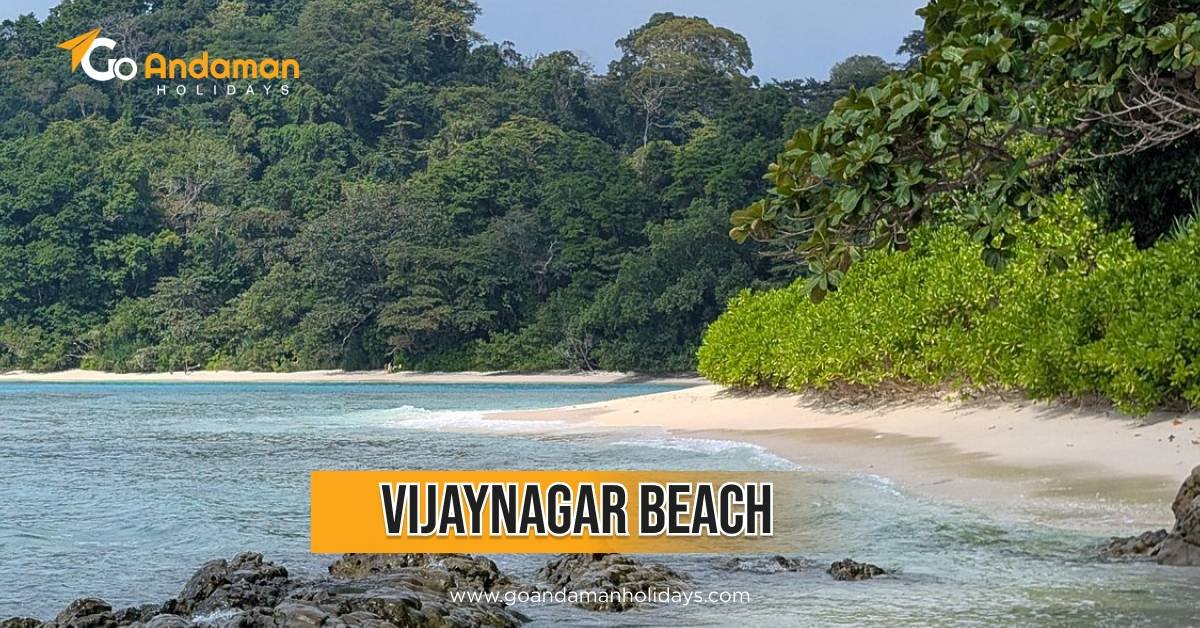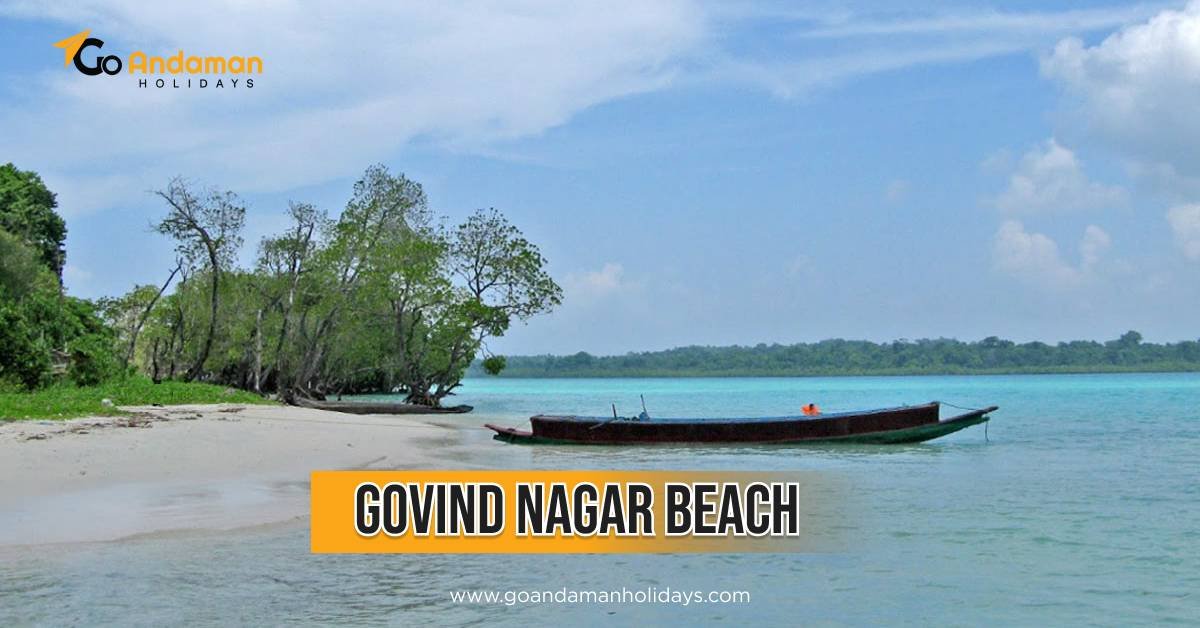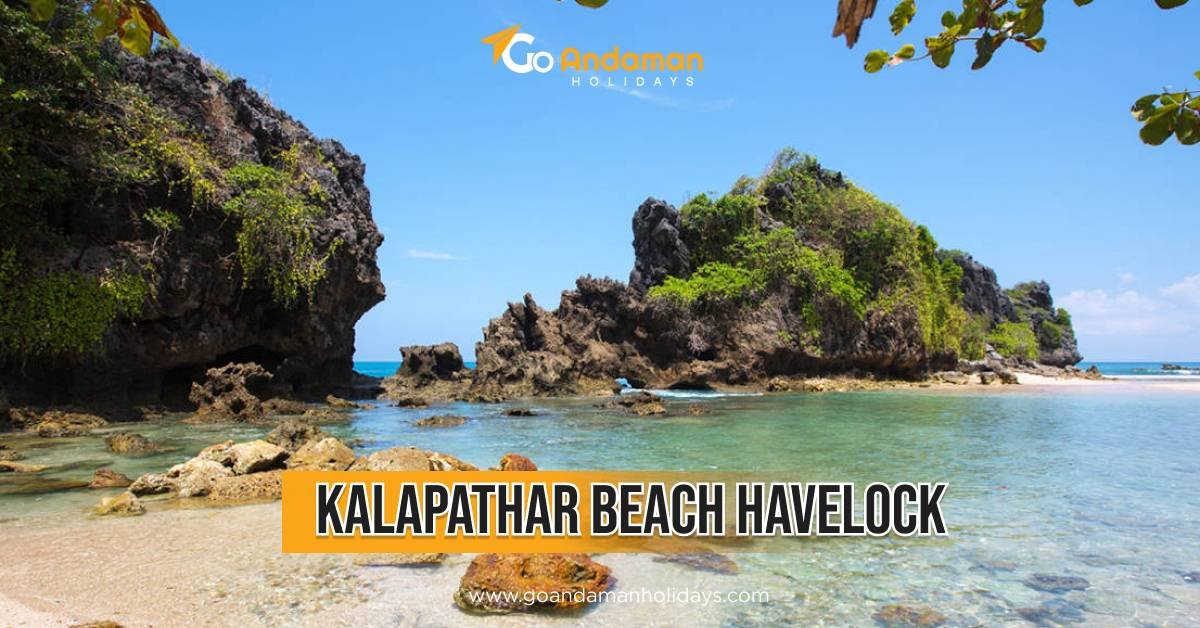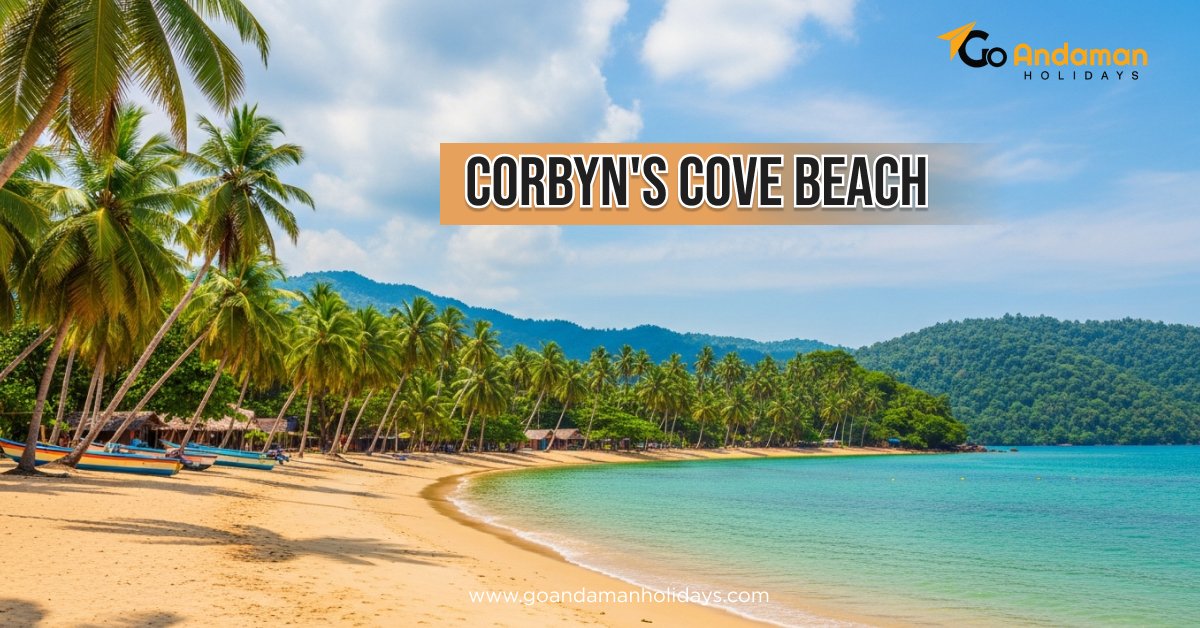
- Go Andaman Holiday
- 16-09-2024
- 1 Comments
Tips for Diving in Andaman and Nicobar Coral Reefs
Renowned as one of the best diving destinations, the Andaman and Nicobar Islands attract adventure seekers and marine enthusiasts from all over the world.
This beautiful archipelago lies in the Bay of Bengal, surrounded by crystal-clear waters, and vibrant coral reefs, and offering an outstanding variety of marine life-a perfect underwater paradise for divers of every class.
You can find here everything- from colourful coral gardens to interesting rock formations and shipwrecks underwater.
House to innumerable marine species, the islands are home to plenty of tropical fish schools, sea turtles, and even the sight of a manta ray now and then. The diver gets an opportunity to explore unique and well-preserved ecosystems teeming with life in these more than 40 sites, which also include very famous sites such as Havelock Island and Barren Island.
Whether it is a first dive for the amateur or an adventure dive for the seasoned diver, Andaman and Nicobar Islands offer an experience of the sublime magic of the underwater world.
Best time to dive:
The ideal time to dive in the Andaman and Nicobar Islands is from November to May, which is when the waters are at their best visibility. The sea during these months is flat, with ideal surface conditions, while the water temperature is 80-84°F, or 26-29°C.
The other best time to go diving is the period between March and May. During this time the seas are still that they would appear like a mirror.
During the months from June to August, that is during the rainy season, there are a lot of fish that spawn in warmer waters, creating higher biomass on the reefs. This does provide fantastic diving, although visibility is often affected by the occasional showers.
Popular Diving Locations
Havelock Island
Havelock Island is famous for its coral reefs of lively colours and marine biodiversity. Following are some of the famous dive sites: -
Nemo Reef: Shore diving location for beginners, good marine life with jeep wreck site.
Tribe Gate: Boat diving site, famous for its oval-shaped reef, school of plenty of fish species, sea anemones, and hard corals.
Red Pillar: With concrete pillars fringed by coral, a great number of colourful reefs, vibrant fish life, and barrel sponges.
Turtle Beach: This can be covered by 30-minute-long boating from Havelock and comprises stag horn coral reefs along with several species of colourful fishes.
Neil Island
It holds calm waters and awesome dive sites like Bus Stop and K Rock.
Barren Island
Barren Island is special for its only active volcano in South Asia, which promises thrilling dive experiences. The dives are characterized by diverse marine life and visually stunning bottom topography.
Tips for Divers
Let us now understand the basic instructions to keep in mind while diving.
Do's:
1. Dive with buddies and maintain eye contact with your companions.
2. Be healthy and well-hydrated before the dive. Rest well and avoid alcohol.
3. Perform a safety stop at the end of your dive to avoid decompression sickness.
4. Establish proper buoyancy control in order not to damage the reefs and to save air.
5. Streamline equipment to reduce drag and be able to move with flow.
Don'ts:
1. Never dive alone, especially as a beginner. Always dive with a buddy or in groups.
2. Don't hold your breath, breathe continuously and naturally while underwater.
3. Do not touch or stir the home of the marine life to preserve the fragile ecosystem.
4. Do not exceed depth and time limits than what is allowed. Conduct your dive accordingly as planned and instructed by your dive computer.
5. Avoid using the camera until you've learned some fundamental diving skills.
By following these 'dos' and looking after their safety, diving in the Andaman Islands becomes quite an exciting and memorable affair. Remember: scuba diving is a lifetime learning process. Keep at practice, build knowledge, and dive within your limits.
Frequently Asked Questions (FAQs)
1. Is it compulsory for me to get some form of certification to dive in the Andaman Islands?
Indeed, the majority of dive operators expect divers to present a certification obtained from a recognized organization such as PADI or SSI. Those who are inexperienced can also enrol in the basic programs that most dive schools in the region provide.
2. What wildlife can I encounter when scuba diving?
They capture different water animals such as the colourful coral reefs, tropical fishes, turtles and rays as well as sharks at times. The descriptions of the sort of biological living in waters of the world are simply mind-blowing.
3. Is there any specific condition that prevents anyone from diving in the Andaman Islands, in terms of age limitation?
Most of the dive operators tend to allow their clients to dive when they are at least 10 years of age although this may differ. The other thing is that one has to ask the dive school concerning their age and health restrictions.
Conclusion
Scuba diving in Andaman and Nicobar Islands is one of the most adventurous water activities.
It lets you meet incredible numerous underwater sea creatures and a whole new ecosystem.
If you stick to the above-stated guidelines, then you will be able to go diving and have the best experience.




